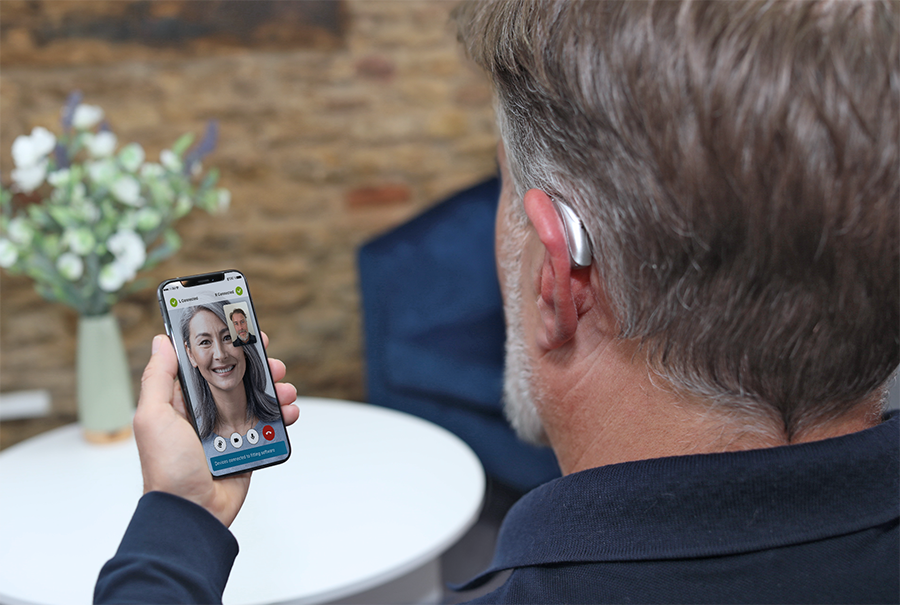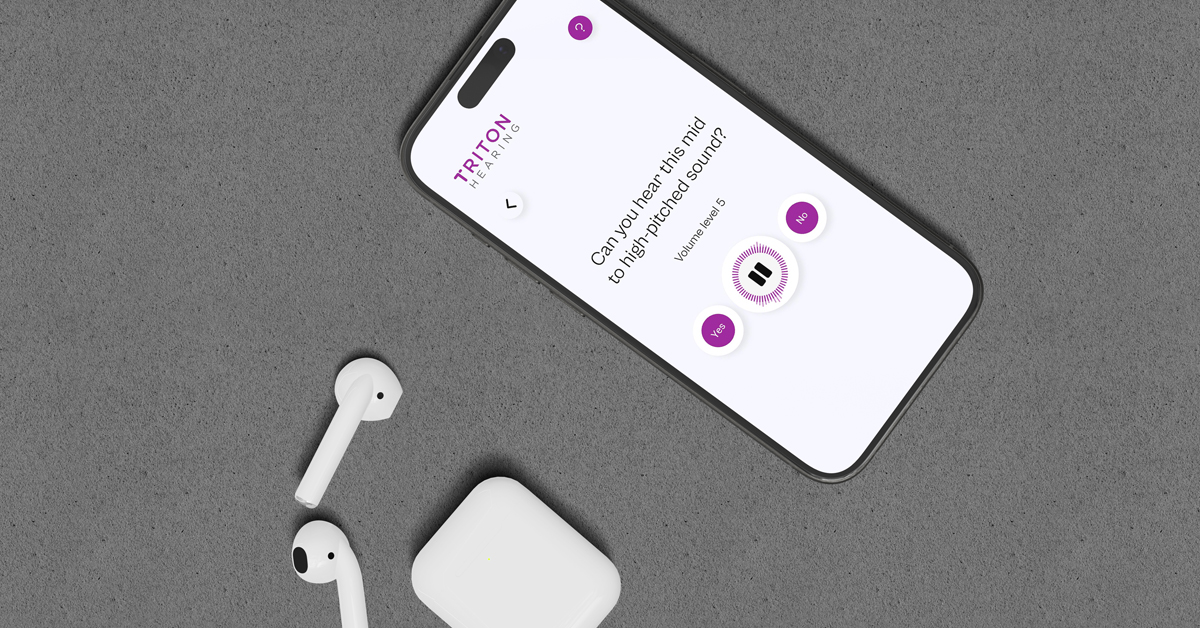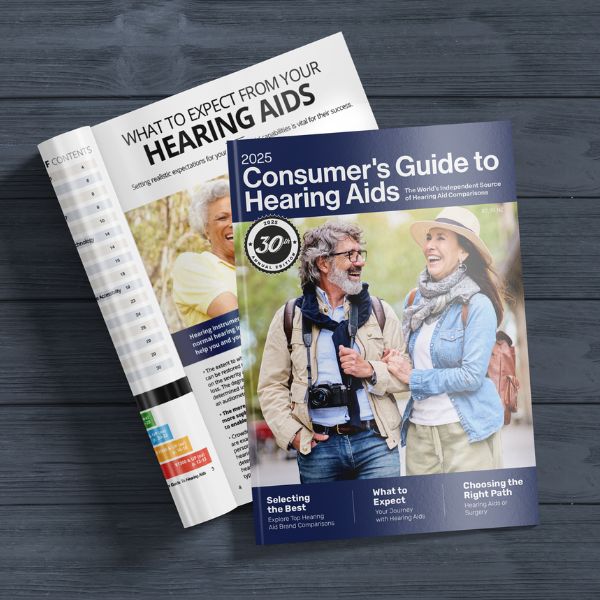Receiver-in-Canal Hearing Aids
Open-fit hearing aids that use a thin plastic micro tube that extends the receiver into the ear canal.
Balancing form and function
Receiver-in-the-canal (RIC) hearing aids - can also be called receiver-in-the-ear (RITE) - are smaller than most Behind the Ear (BTE) models. The main housing rests discreetly behind the ear, often covered by one's hair. A thin micro tube connects this housing to the receiver that sits in the ear canal. The main difference between RIC and BTE hearing aids is that the RICs receiver doesn't fully plug the ear canal and allows surrounding sounds to continue to pass through, providing a more natural hearing experience.

Is RIC the right hearing aid for me?
Receiver-in-Canal hearing aids are some of the most versitile devices on the market. They are recommended for those with mild-to-moderate hearing loss who also lead an active lifestyle. Those opting for RIC hearing aids can enjoy a number of different features and functions:
Common RIC Features
- Universal Bluetooth® connectivity
- Rechargeable models
- Tap controls
- Health data tracking
- Tinnitus masking
Just over 80% of our clients choose RIC hearing aids.
Pro's and Con's of RIC Hearing Aids
RIC model hearing aids offer plenty of benefits over other hearing aid types. Here are some pro's and con's we see wearers experience.
Unnoticeable casing hidden behind ear
More natural listening experience
Suited for most levels of loss
Less durable than BTE models
May interfere with wearing glasses







